Landscape Drainage Installation Timing
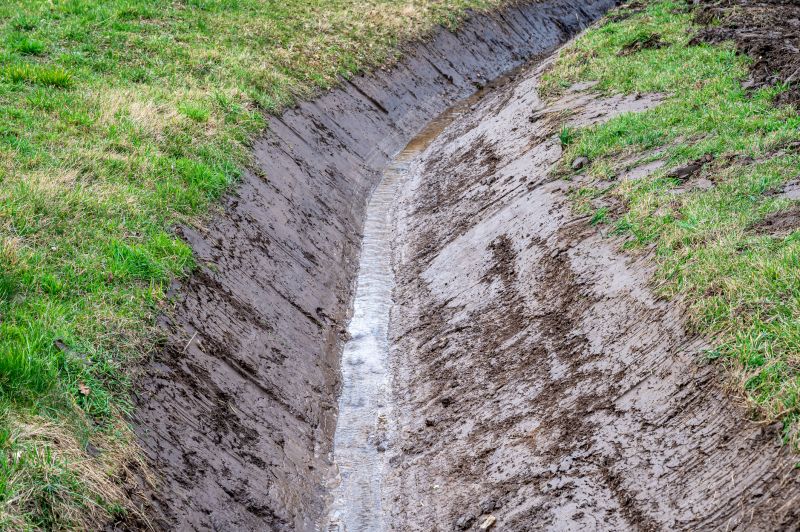
Spring offers moderate temperatures and soil conditions ideal for drainage work, reducing the risk of delays caused by extreme weather.
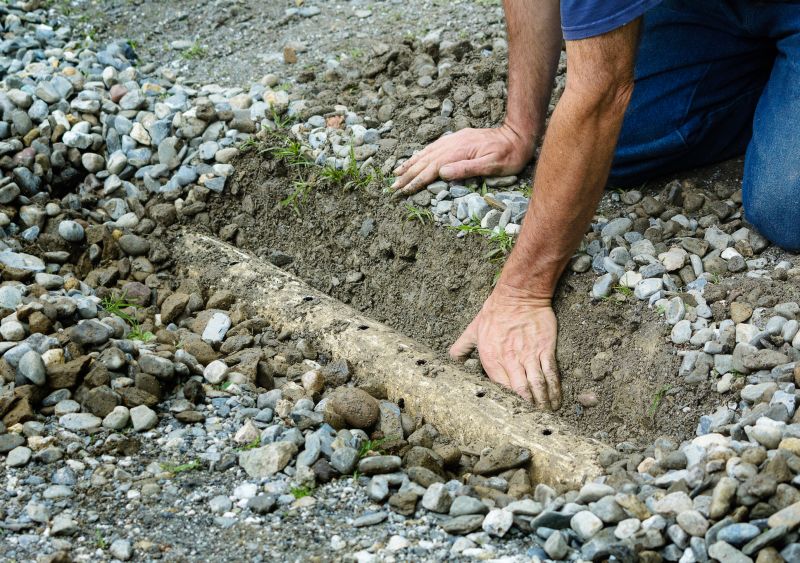
Summer may present higher temperatures, but with proper planning, drainage systems can be installed effectively, especially in early or late summer.
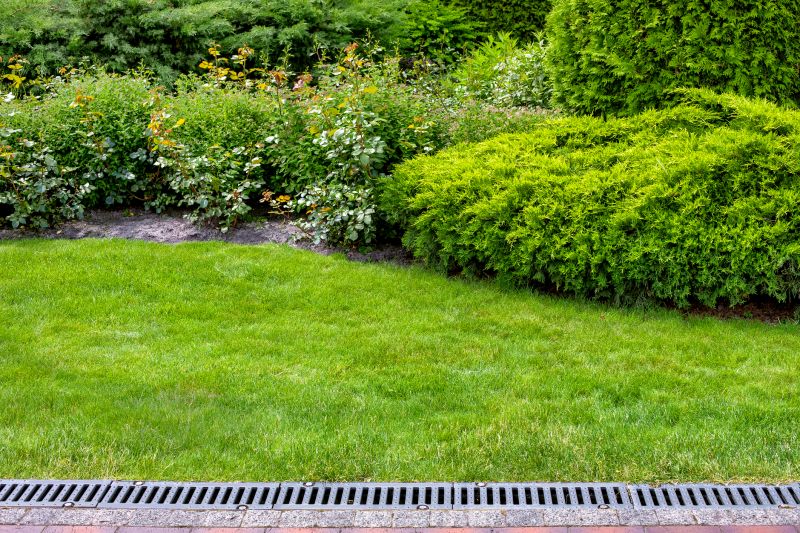
Fall provides cooler weather and less rainfall, making it suitable for drainage projects before winter conditions set in.
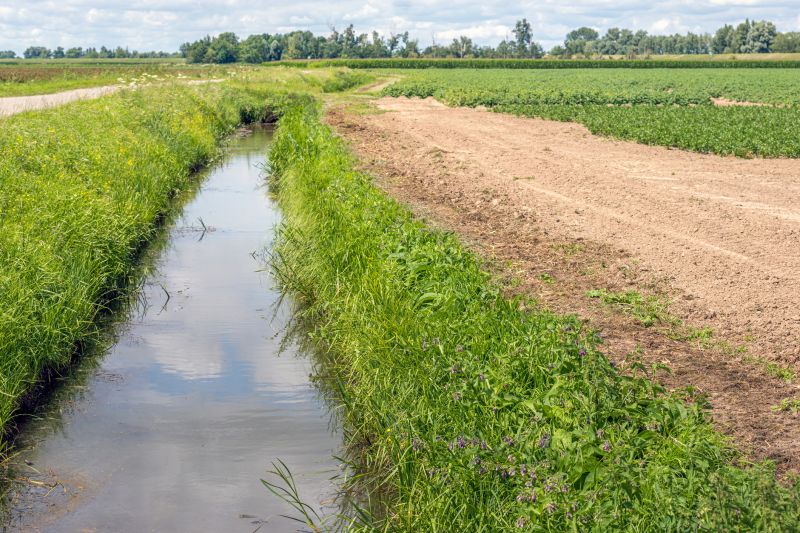
Ways to make Landscape Drainage Installs work in tight or awkward layouts.
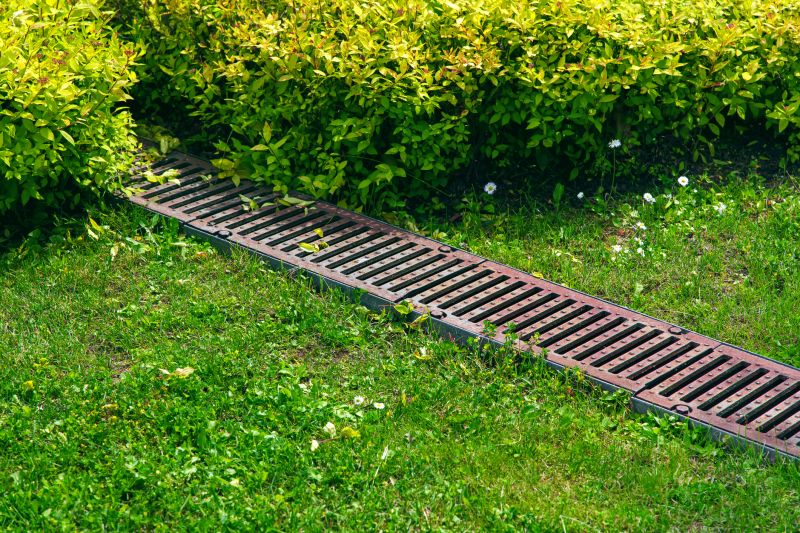
Popular materials for Landscape Drainage Installs and why they hold up over time.

Simple add-ons that improve Landscape Drainage Installs without blowing the budget.

High-end options that actually feel worth it for Landscape Drainage Installs.

Finishes and colors that play nicely with Landscape Drainage Installs.
Landscape drainage installs are essential for managing excess water and preventing erosion, pooling, and damage to landscape features. Properly installed drainage systems improve property value and reduce long-term maintenance costs. The timing of installation can influence project success, with seasonal factors affecting soil conditions, equipment accessibility, and weather-related delays.
Installing drainage systems when soil is neither too wet nor too dry ensures better compaction and installation quality.
Avoiding periods of heavy rainfall reduces the risk of project delays and soil erosion during installation.
Moderate temperatures facilitate equipment operation and allow for proper curing of materials used in drainage systems.
Planning installations during favorable seasons minimizes disruption and ensures system longevity.
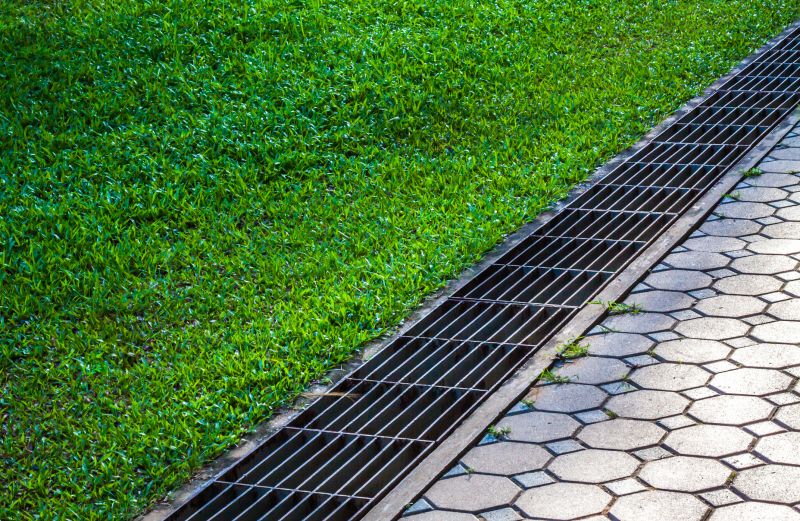
Installation during spring benefits from moderate weather and soil conditions.

Effective in early or late summer to avoid peak heat and rainfall.
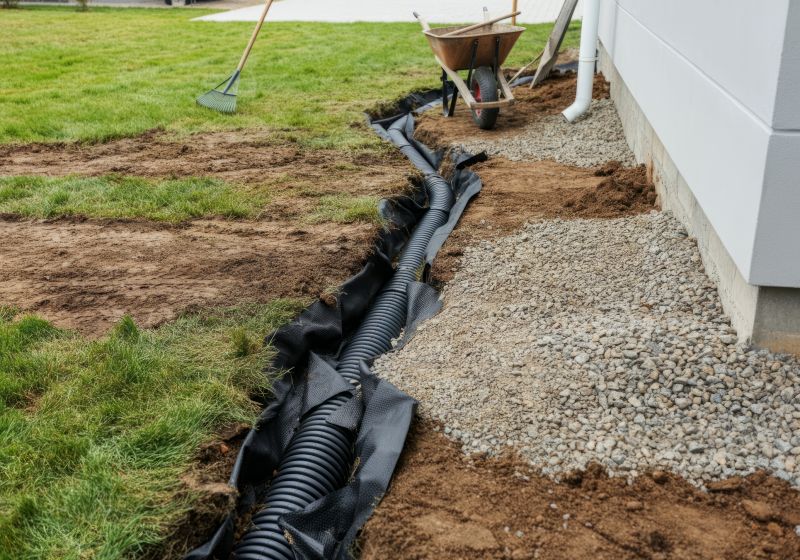
Ideal for completing before winter, with cooler weather aiding installation.

Generally less suitable due to frozen ground and inclement weather.
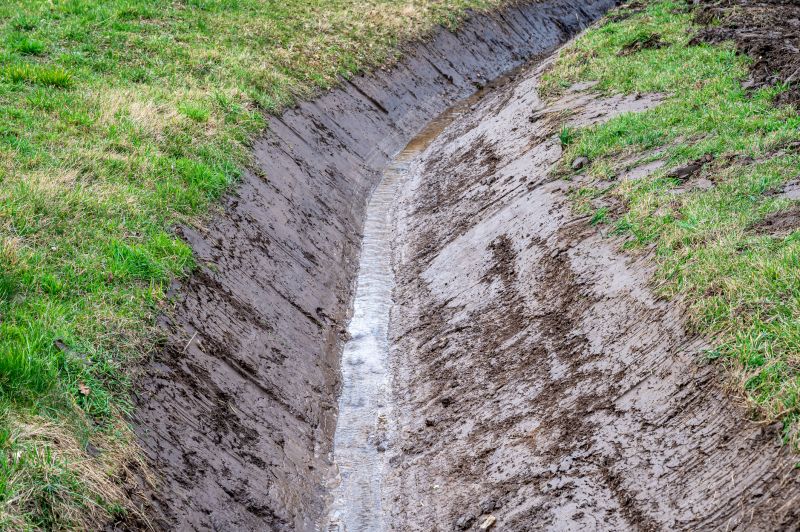
Little measurements that prevent headaches on Landscape Drainage Installs day.

A 60-second routine that keeps Landscape Drainage Installs looking new.
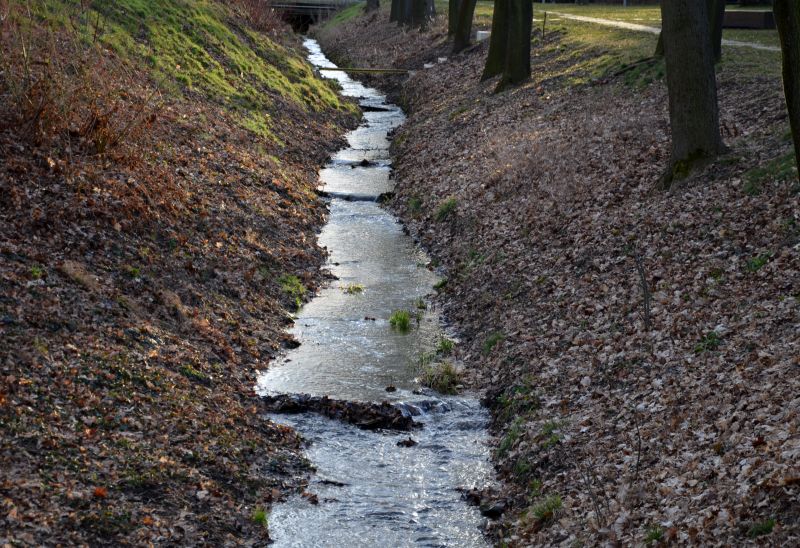
A frequent mistake in Landscape Drainage Installs and how to dodge it.
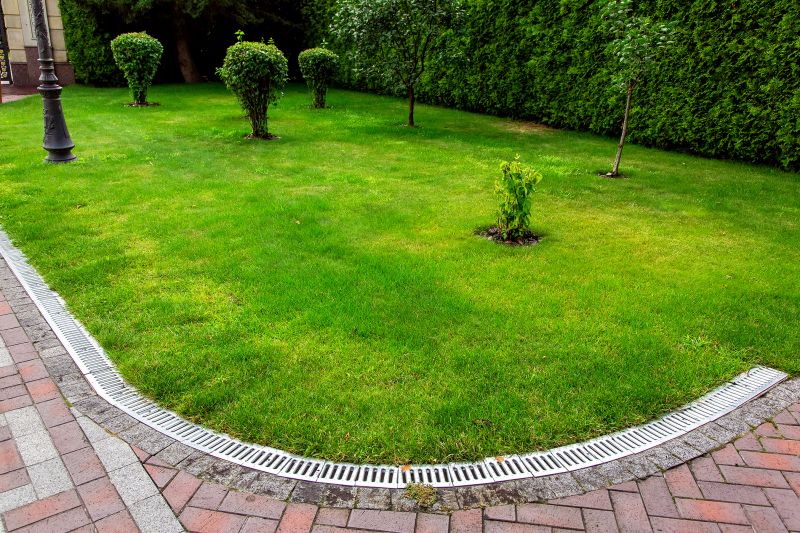
Small tweaks to make Landscape Drainage Installs safer and easier to use.
| Season | Advantages |
|---|---|
| Spring | Moderate weather, optimal soil conditions, less rainfall |
| Summer | Longer daylight hours, flexible scheduling in early/late season |
| Fall | Cooler temperatures, less rain, preparation for winter |
| Winter | Limited suitability due to frozen ground and weather constraints |
Understanding seasonal conditions can help ensure effective landscape drainage installs. Proper timing reduces the likelihood of project delays and enhances system performance. Consulting with drainage specialists can provide insights into the best timing based on specific landscape conditions.
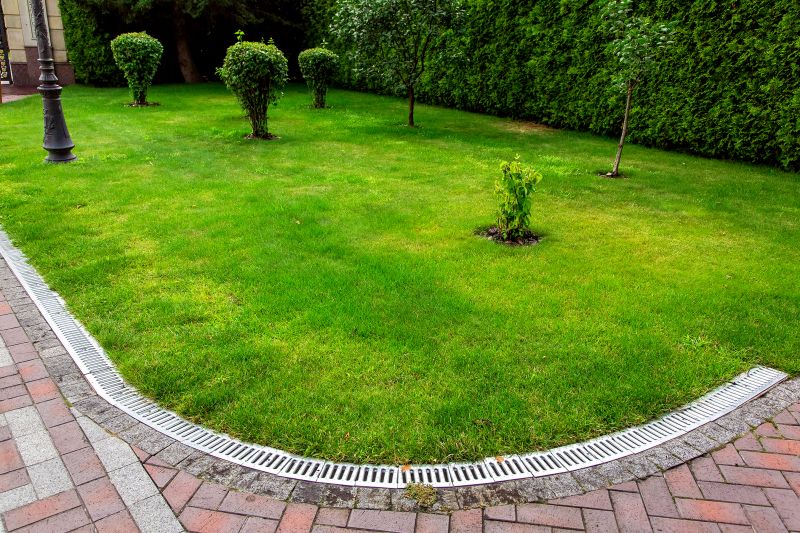
Properly timed installation ensures optimal water flow management.
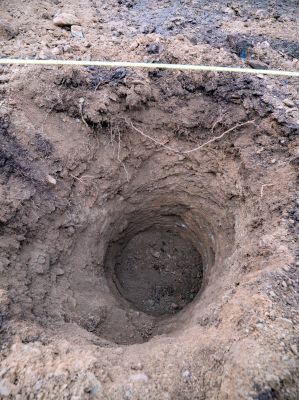
Timing allows for better soil preparation and compaction.
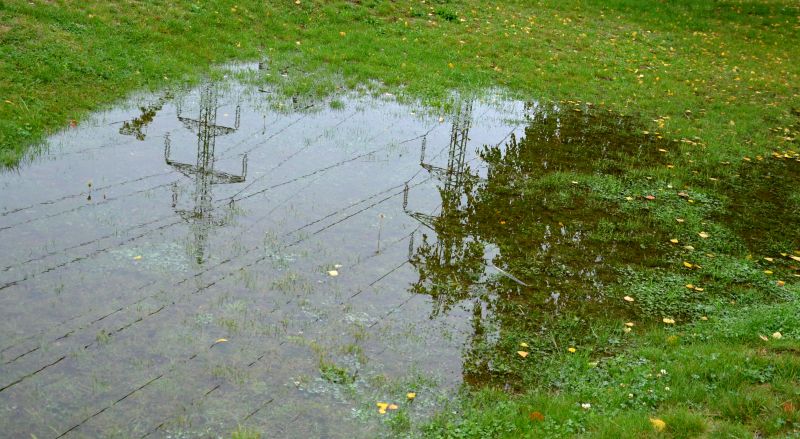
Scheduling during favorable weather ensures durability.
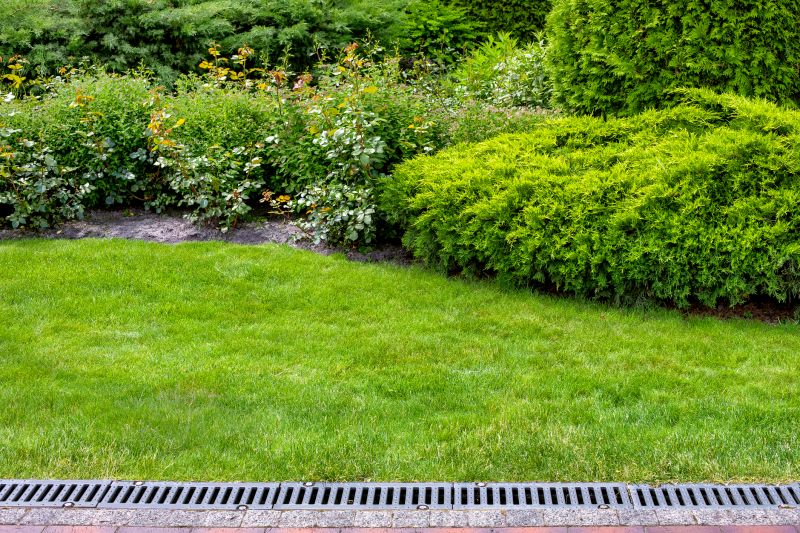
Timing drainage installs with landscape maintenance plans enhances results.

Lower-waste or water-saving choices for Landscape Drainage Installs.

The short, realistic tool list for quality Landscape Drainage Installs.

Rough timing from prep to clean-up for Landscape Drainage Installs.
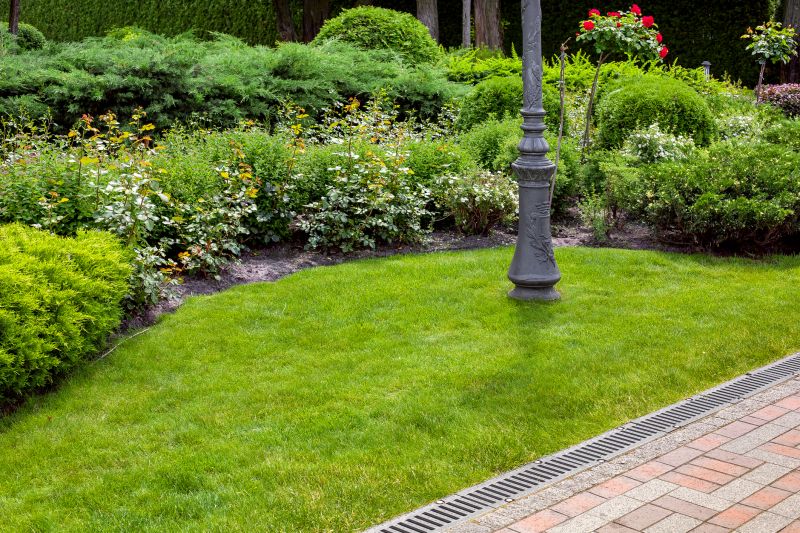
Quick checks and paperwork to keep after Landscape Drainage Installs.
Choosing the right time for landscape drainage installs involves considering soil moisture, weather patterns, and landscape conditions. Proper planning ensures the longevity and effectiveness of drainage systems, reducing potential issues caused by improper installation timing.
Interested in landscape drainage solutions? Fill out the contact form to explore options.



